Value Builder Series: Factor 2 – Growth Potential
Acquirers typically pay the most for businesses with the potential to grow. In rare cases, an acquiring company may even buy a business that scores high on Growth Potential but low on other attributes, because the acquirer sees a way to leverage some of its own assets to help the business grow much more quickly than it could under its current owner. This type of transaction is known as a strategic sale.
Watch this short video by John Warrillow about the importance of your future stream of profits. Focusing on the future potential of your business.
Sellability Driver 2 of 8: Growth Potential from The Sellability Score on Vimeo.
To understand the relationship between growth potential and value, imagine that, instead of generating a flat R1,000,000 in profit for the next 10 years, the hypothetical business owner expects profits to grow by 20 percent each year in the future. The table below illustrates how a financial buyer, looking for a 15 percent return on his or her investment , might value this company.
, might value this company.
| End of year | Pre-tax profit | 15% discount |
| 1 | R1,200,000 | R1,043,480 |
| 2 | R1,440,000 | R1,088,850 |
| 3 | R1,728,000 | R1,136,190 |
| 4 | R2,073,600 | R1,185,590 |
| 5 | R2,488,320 | R1,237,140 |
| 6 | R2,985,980 | R1,290,920 |
| 7 | R3,583,180 | R1,347,050 |
| 8 | R4,299,820 | R1,405,620 |
| 9 | R5,159,780 | R1,466,730 |
| 10 | R6,191,740 | R1,530,500 |
| Present value | R12,732,070 | |
Note that the only change between this example and the one using a 15 percent return on investment in the Financial Performance section is the projected growth rate. The business expecting a 20 percent growth rate over the next 10 years is worth more than double the business that expects its turnover to remain flat.
in the Financial Performance section is the projected growth rate. The business expecting a 20 percent growth rate over the next 10 years is worth more than double the business that expects its turnover to remain flat.
Your score on the Growth Potential attribute reflects the extent to which you think your business can grow in the future by selling more products and services to your existing customers or by acquiring new customers quickly. As you contemplate what it would take to scale up your business, consider these basic ways to grow:
Geographic scalability
Will your business concept work in another area? College friends Sinclair and Julian started creating the sort of food they craved but couldn´t find elsewhere and, despite their lack of business experience, they opened their first shop in London in 1986. They made proper sandwiches without using the obscure chemicals, additives and preservatives commonly found in so much of the ´prepackaged´ and fast food available. After noticing an increased demand for their products, they expanded geographically and today there are more than 295 Pret A Manger® shops worldwide.
Horizontal scalability
Do you have a brand that resonates with a specific audience? If so, you may have the raw material to scale up your business by selling more things to your existing customers. For example, Richard Branson´s Virgin brand stands for giving customers an alternative to the fat, greedy or lazy incumbents taking advantage of them. Branson´s idea resonates with a certain psychographic, and he´s scaled up his concept to offer everything from train travel to mobile phones to credit cards.
Vertical scalability
If your existing infrastructure (staff, machinery, office space) could handle more customers without adding much to your variable costs, then you have the ability to scale vertically. For instance, a 200-room hotel that averages just 75 guests per night has the potential to scale up more than two times before its owners would have to make any significant infrastructure investments .
.
Cultural scalability
If your idea works in one culture, could it achieve the same success in other cultures? In 1889, Charlemagne Mayot founded Paul Bakery in the city of Croix, France. Given the French obsession with fresh bread (the French measure freshness in minutes, not days), it´s not surprising that Paul grew steadily over the last century and today is as ubiquitous in France as Starbucks is in Seattle. What´s more interesting is that the cultural appeal of fresh bread has scaled beyond France´s borders, and now Paul offers fresh French bread in 19 other countries, from Spain to Dubai to Japan.
Consider the following questions with your Business Doctor:
- Could you replicate your business in another city or even another culture and have it work just as well?
- What other products or services would your most loyal customers buy from you?
- What would have to change in your company for it to handle 10 times the number of customers?
- Could you reach a new customer group if you opened up a new channel (e.g. telephone sales, e-commerce-enabled website)?
- Could you more profitably serve smaller customers by making use of a selfservice model?
- Could you license your product or service for others to use in return for a royalty?
- If someone handed you a cheque for R100 million with the only stipulation being you had to use it to grow your company as quickly as possible, what would you invest
 the money in?
the money in?
What is the next step?
There are 8 factors that drive that value of a business. Complete the Value Builder Survey now to find out your overall score then attend our Business Builder Workshop to find out how you can improve the value of your business.
STEP 1 Complete the Value Builder Survey
Set aside 15 minutes to complete the Value Builder Survey.
Why you should do the Value Builder Survey:
Watch this quick video to find out why your Value Builder Score matters.
The Sellability Premium from The Sellability Score on Vimeo.
STEP 2 Reserve your seat at our next Business Builder Workshop.
Credits and notes: The information in this article is by John Warrillow. The Value Builder Score has recently been renamed from Sellability Score to Value Builder Score.
Warning: Undefined variable $cat_slug in /www/businessdoctorsireland_388/public/wp-content/themes/business-doctors/single.php on line 208









